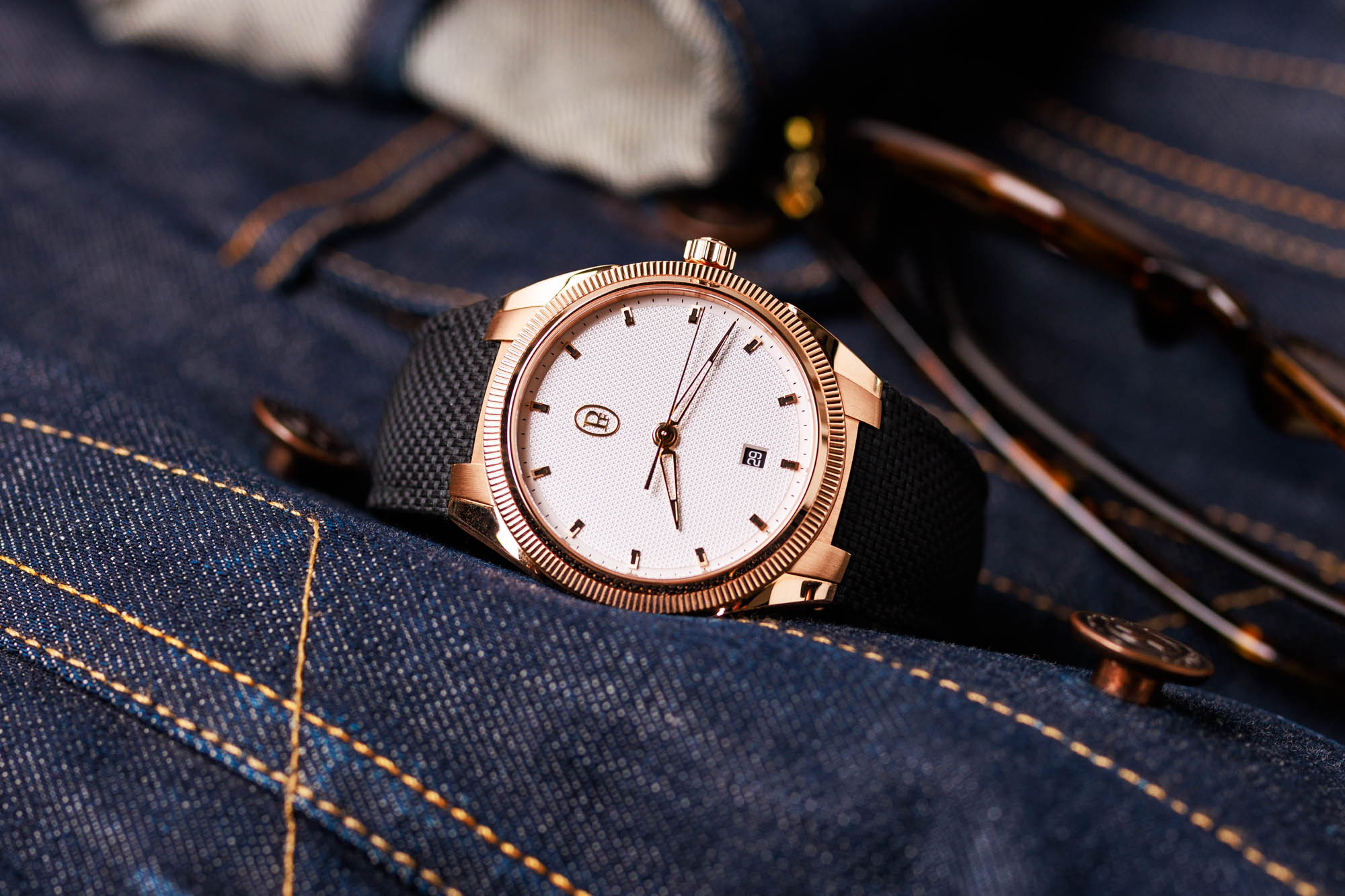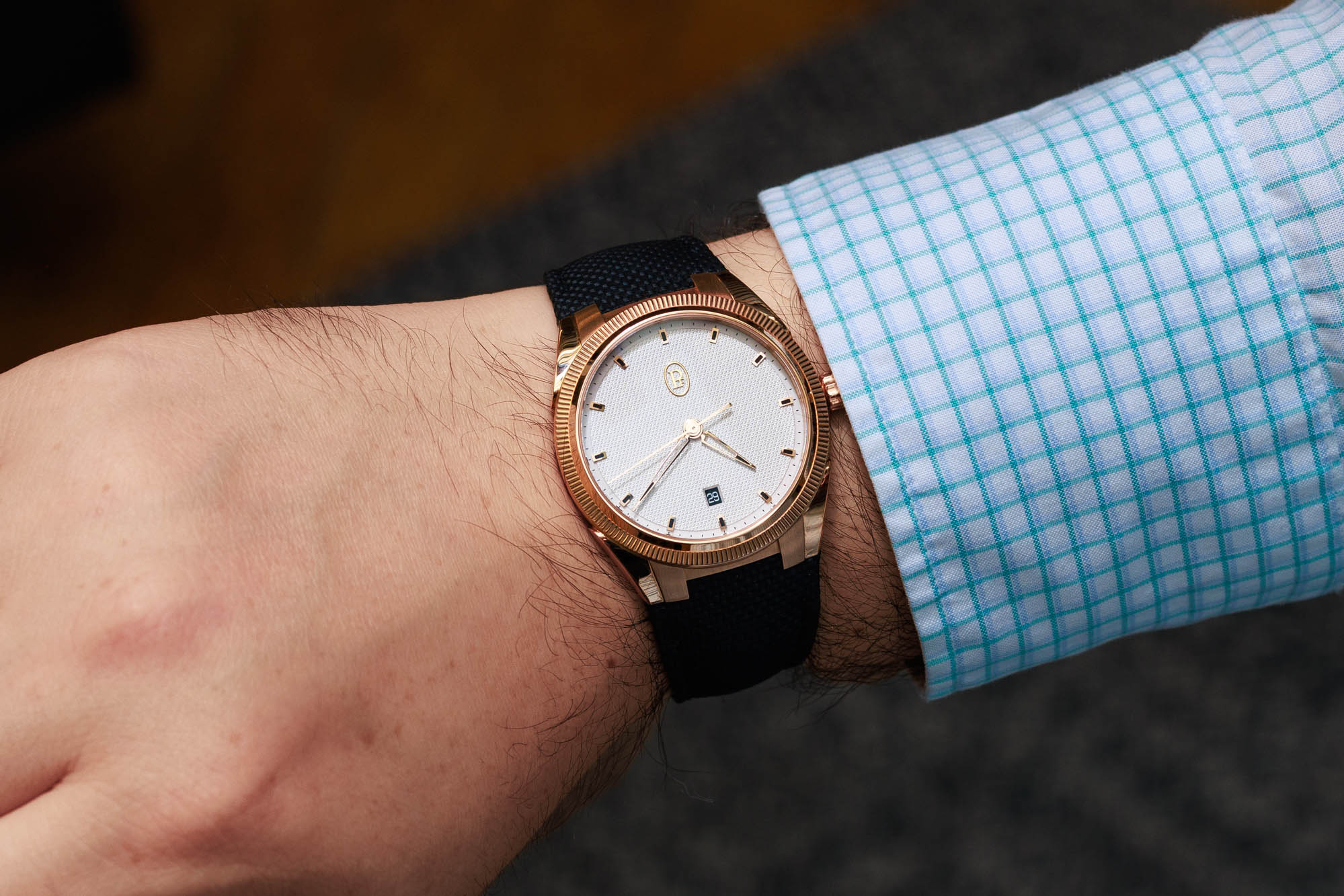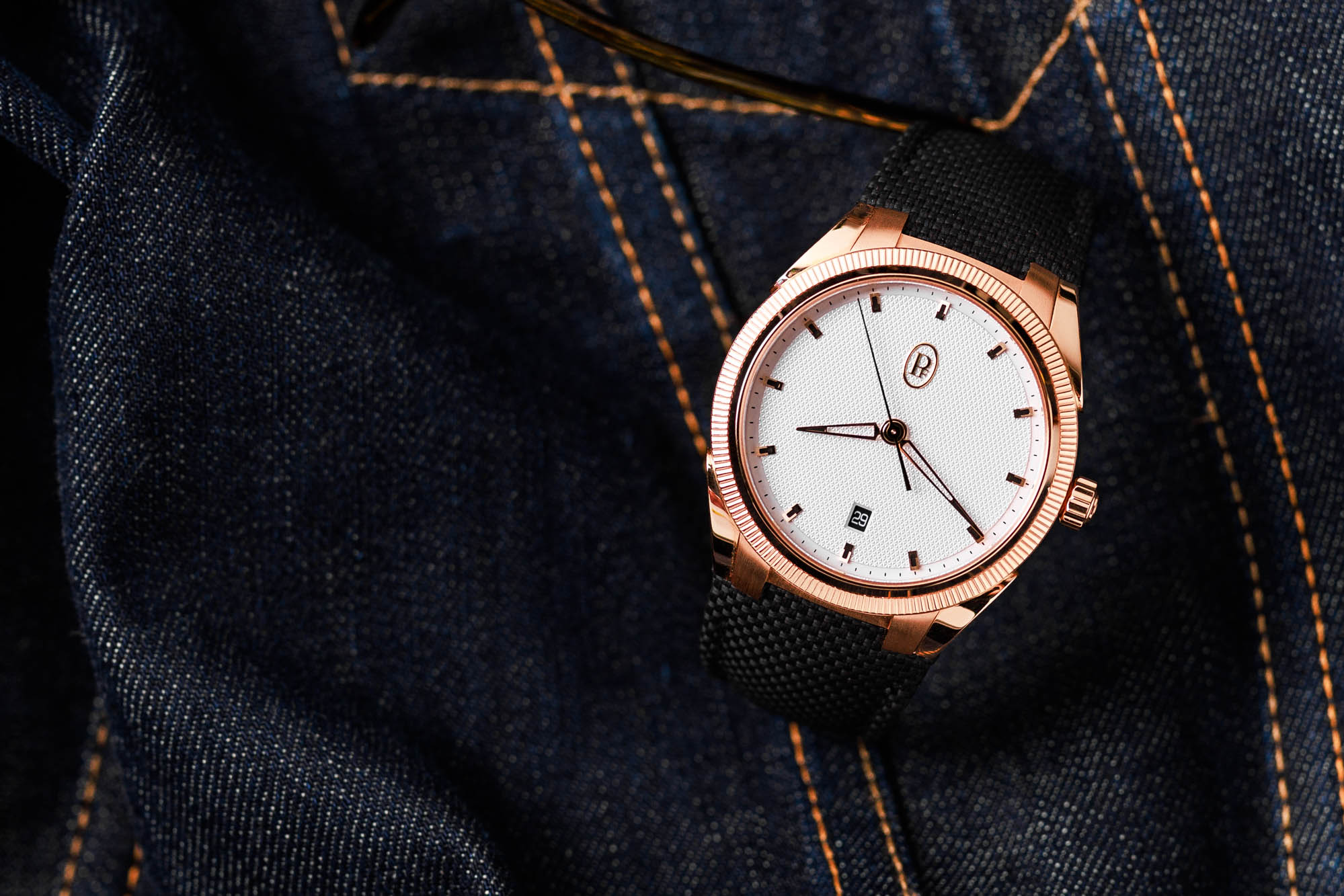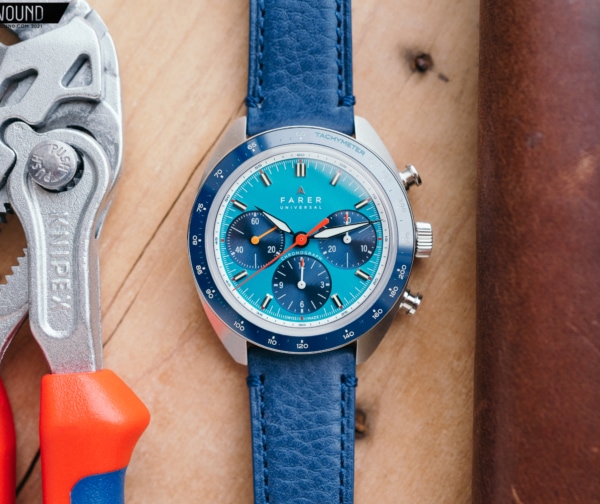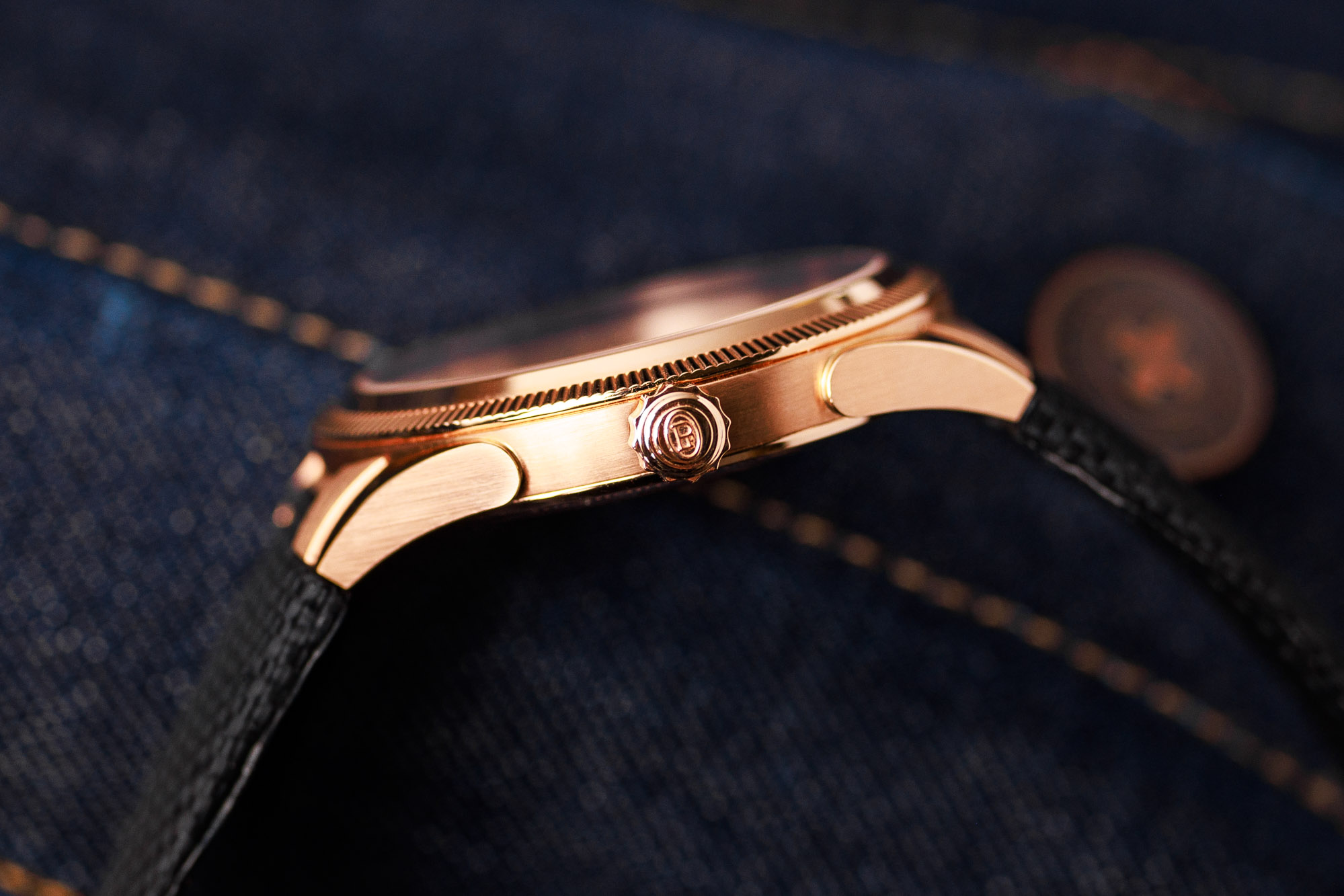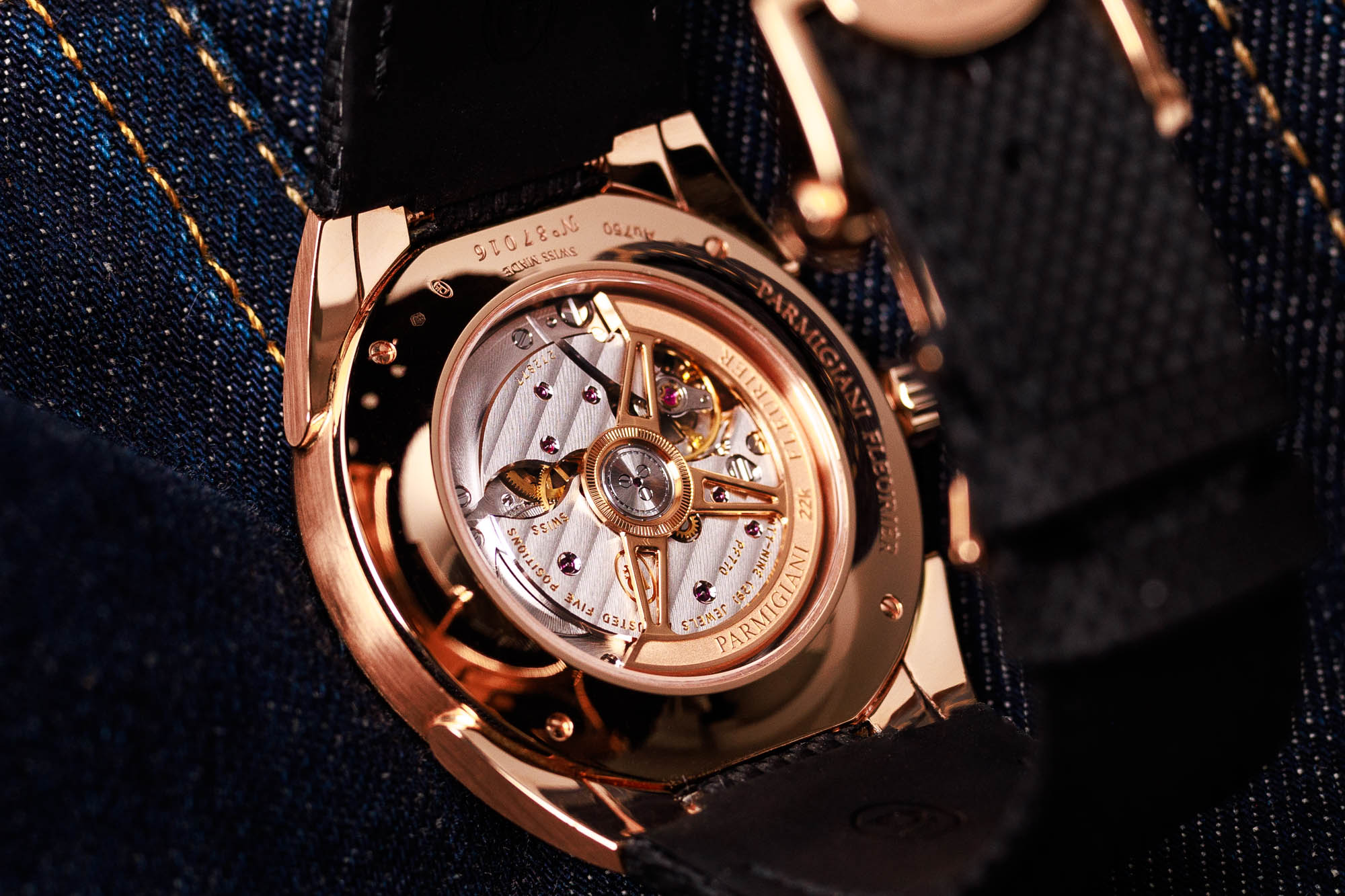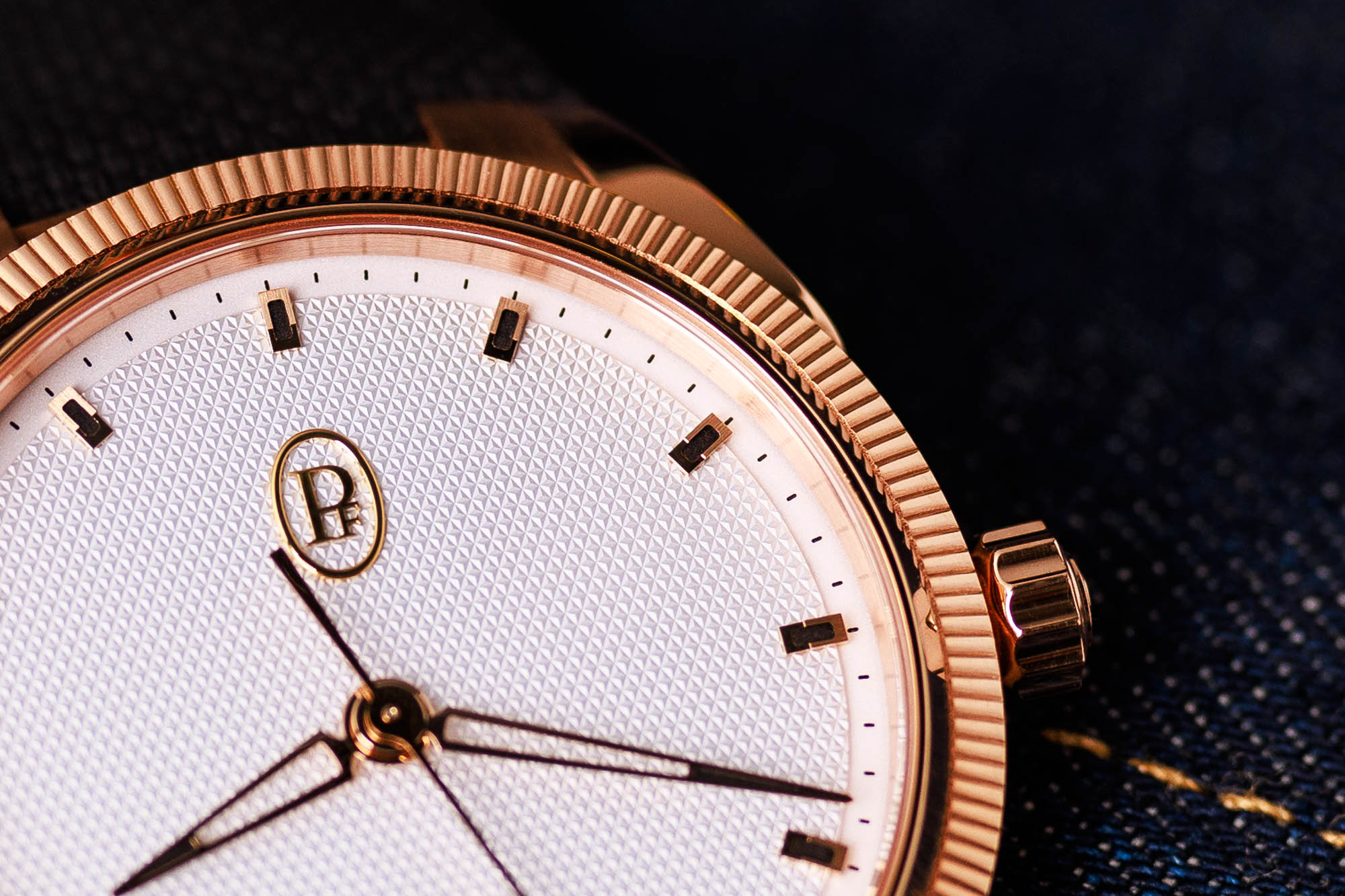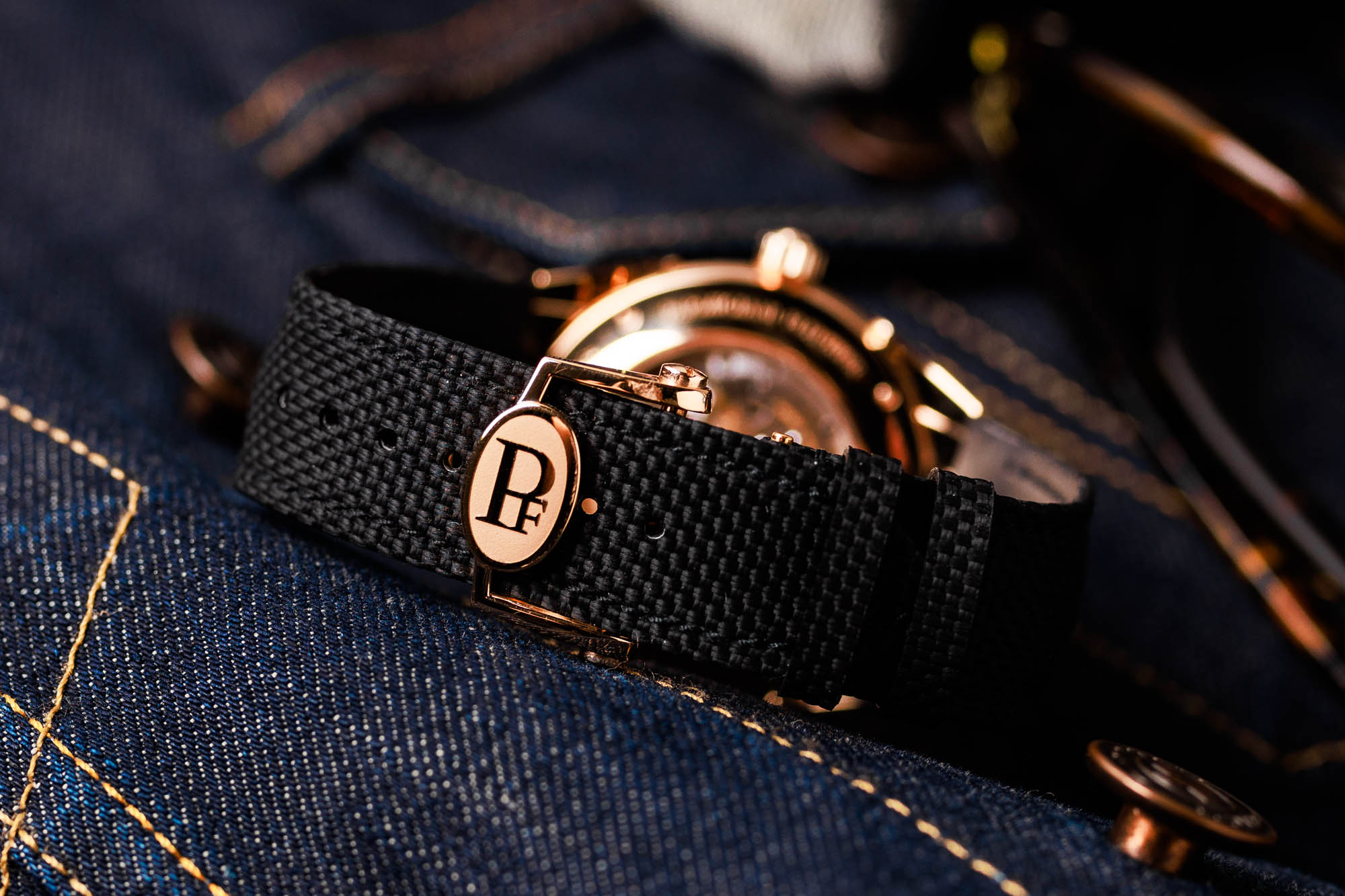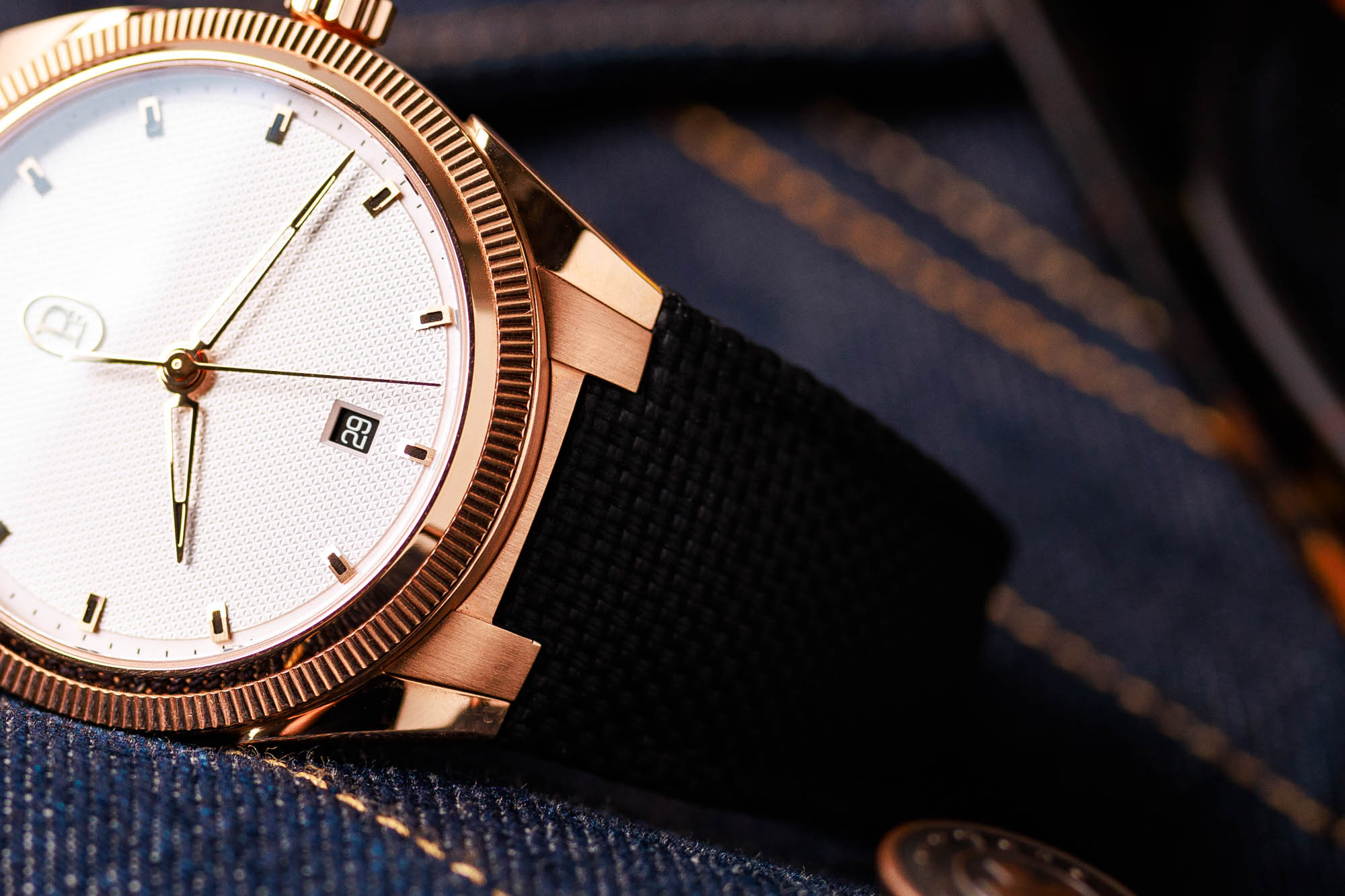It also might be borne out of an idea that your watch, which you love, is more than meeting your needs at $1,000, or $4,000, or maybe a figure much larger. It’s human nature to compare the things we have to the things we don’t, but one watch being a perceived great value at one price doesn’t mean another watch isn’t priced fairly at an order of magnitude higher.
Both of these concepts (the tunnel vision experienced when your own watch feels like a value sweet spot, and the blasé attitude almost all of us feel at some point toward new watches with enough time in the hobby) meet at the wrongheaded idea that a watch should be priced at precisely the sum of its (literal) parts, and if it’s a dime over, well, that kind of profiteering simply will not stand. When it comes to luxury products, and even when it comes to more consumer oriented products, I’ve always held that a maker has a right to earn some money selling you a thing that you absolutely do not need. For me, this is particularly clear when it comes to the highest end independents, labors of love that take their creators years to perfect. The high cost not only allows [insert name of your favorite indie watchmaker here] to send their kids to a good school and pay their mortgage, but it lets them make another watch at some point down the line. By paying for the watch, sometimes with a high markup, you become a patron of the community and help to support it over the long term. That’s an inherently good thing, and it’s just as true as it is for Parmigiani as it is for Brew, or Lorier, or Arcanaut, or Akrivia.
I have no idea what the raw material cost of the PF Auto Sport is. I’m sure it’s quite a bit less than the CHF 35,000 that Parmigiani is asking for one. But when I look at the watch, hold it in my hand, and strap it to my wrist, you can feel the work of the craftspeople who built it, and that’s unfortunately something you’ll just have to take my word on, unless you’re lucky enough to spend some time with one of these watches yourself. A watch is never just the sum of its parts. It’s a whole lot more, and the best ones take on an emotional quality that transcends dollar amounts anyway. My (perhaps somewhat controversial) feeling is that the people in the comments complaining about price and what a watch is actually “worth” have, to this point, yet to really experience that.
![]()
Putting questions of the retail price aside, the Tonda PF Auto Sport is a very impressive watch, and puts the well understood Tonda platform into new, slightly sportier territory. I think, in the real world, this watch has a very niche appeal. But I have to admit that’s a sentiment that could probably also be applied to something like a pilot watch by a certain segment of the watch buying public. At the end of the day, with any watch that’s highly specific in its design, there’s an element of cosplay involved. But it can also be true of literally any watch that conjures an idea in the mind of the wearer about where it belongs, and that’s one of the fun things about experiencing a watch like this for a short time. It transports you, temporarily, into a life you don’t have, in the same way a great movie or a piece of music can immerse you into their worlds. Parmigiani Fleurier









 Featured Videos
Featured Videos




